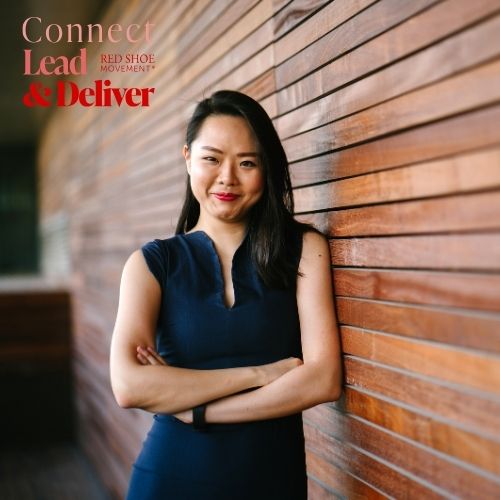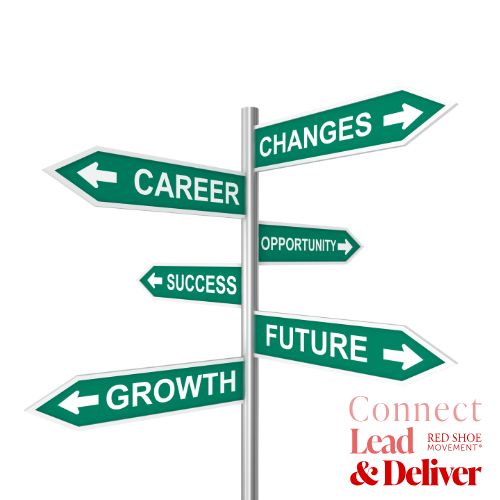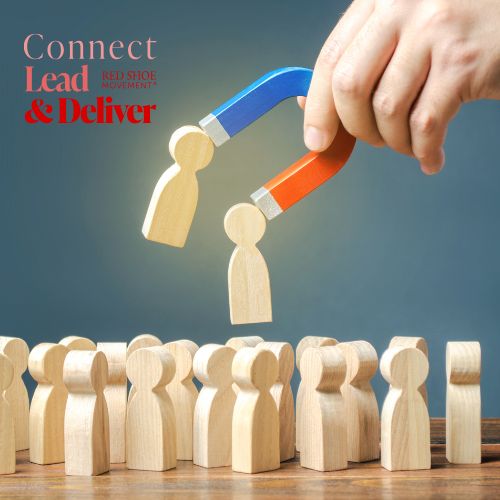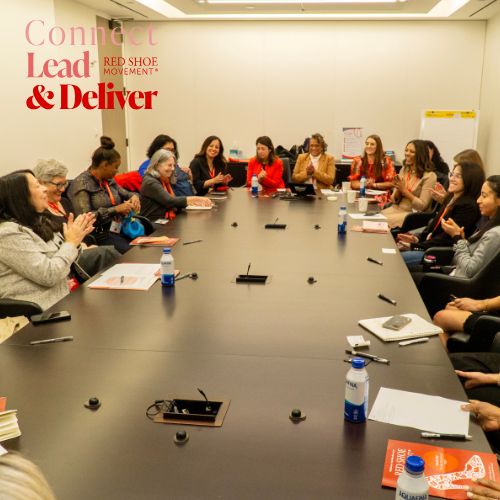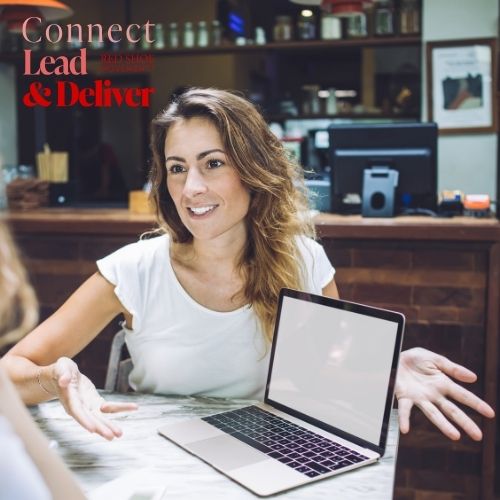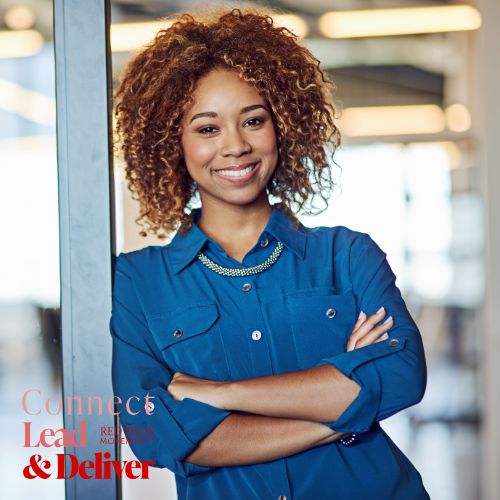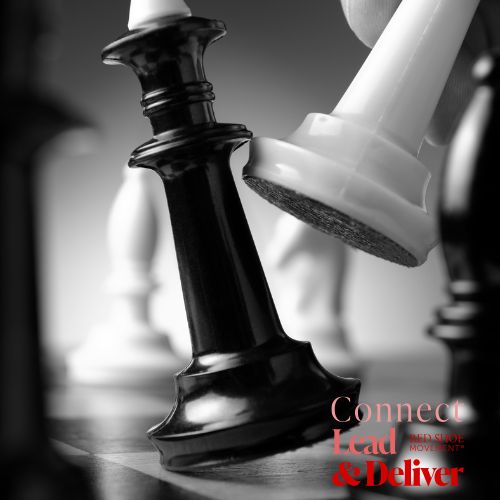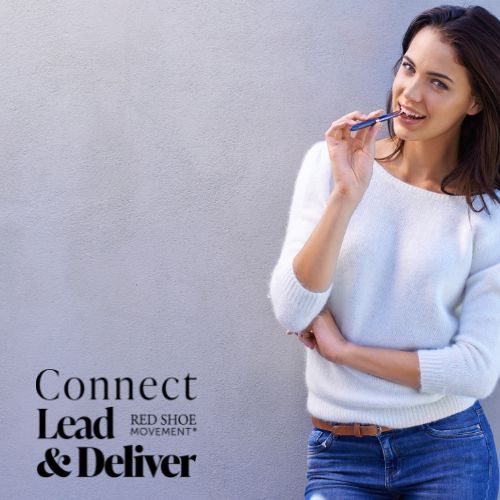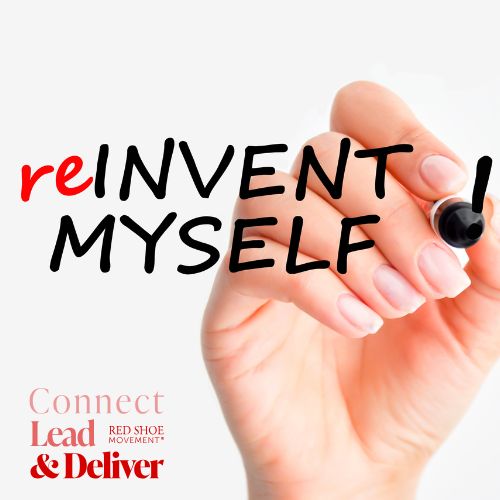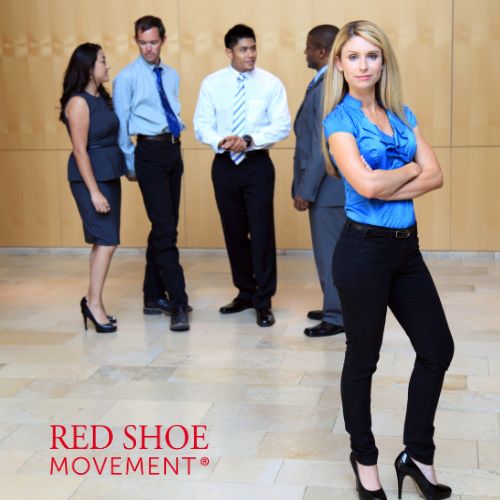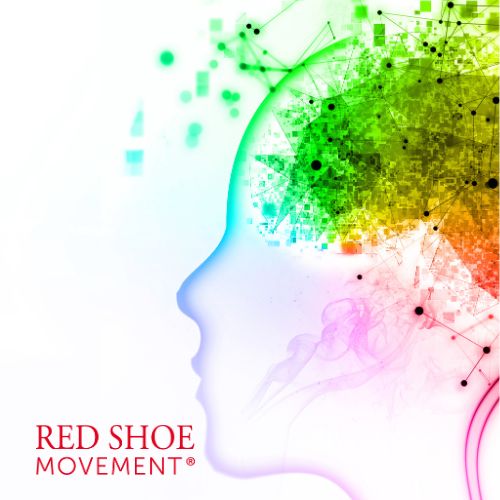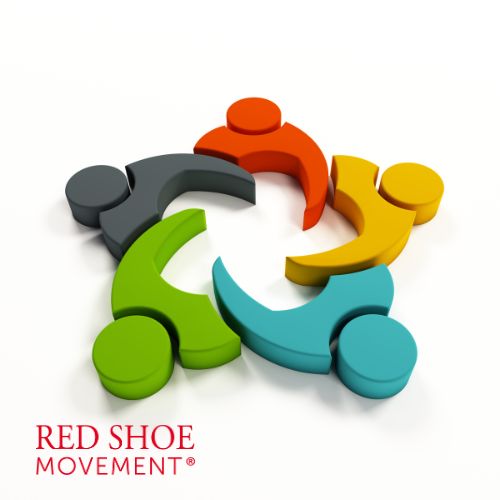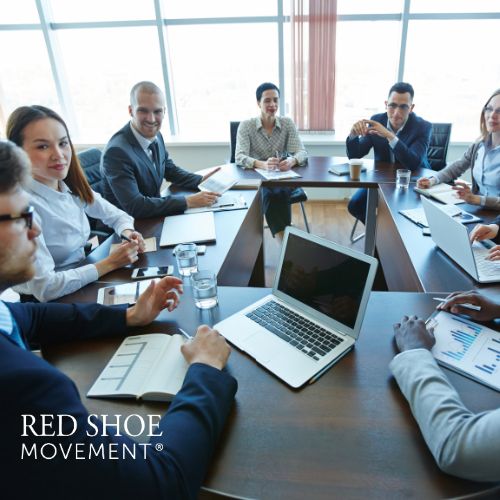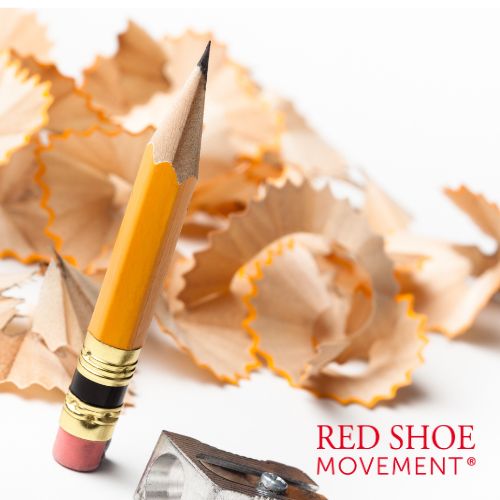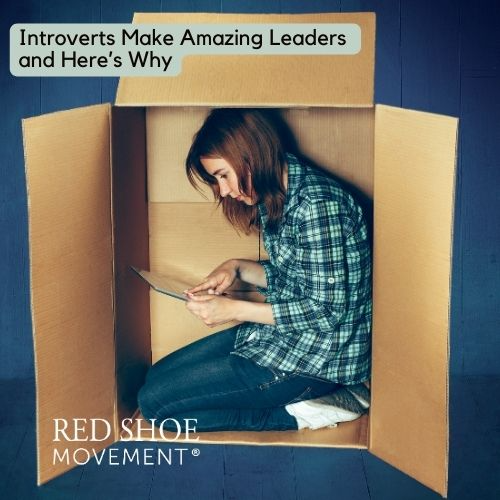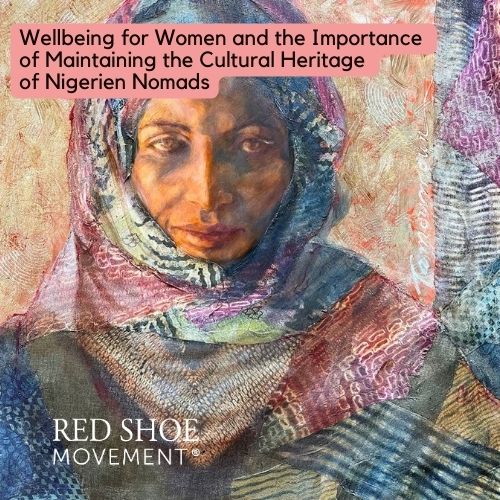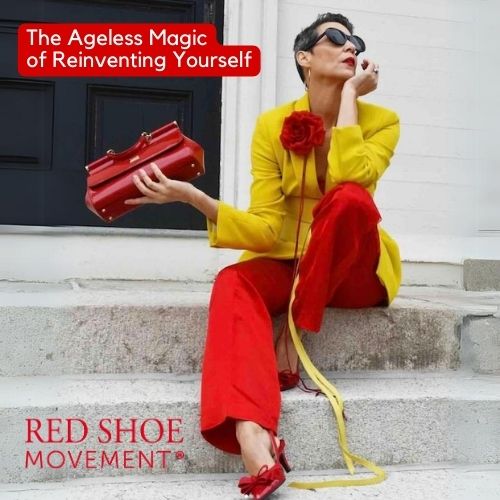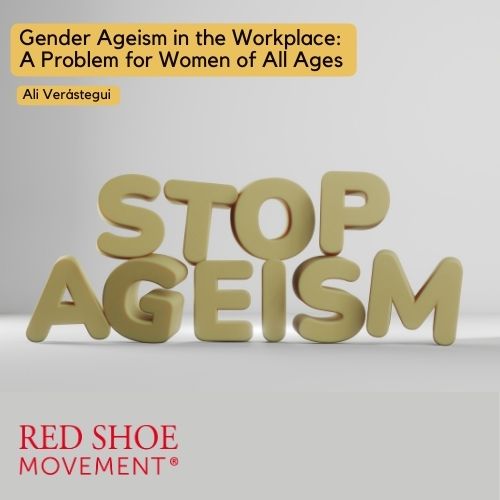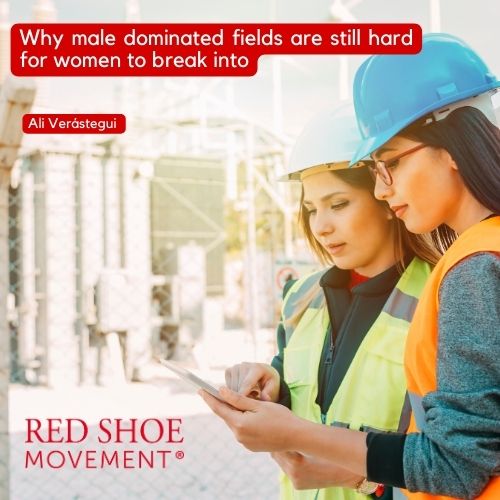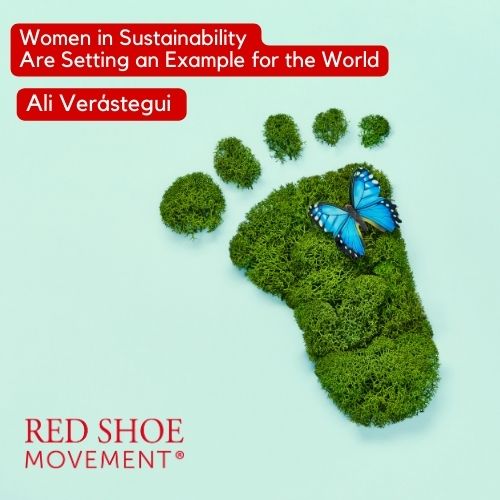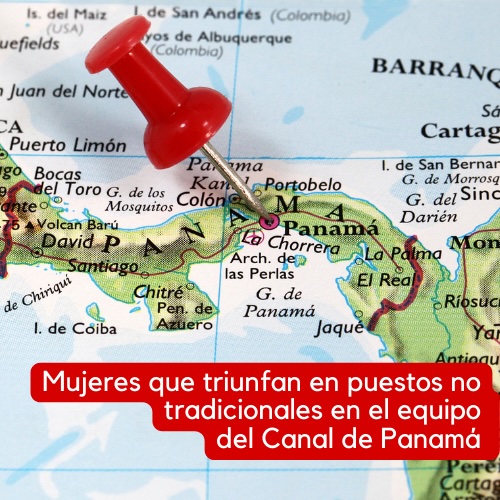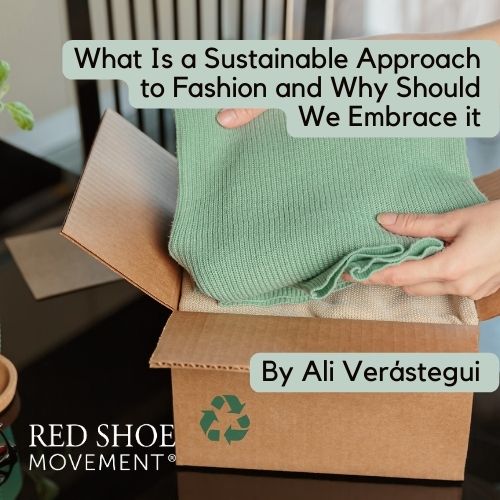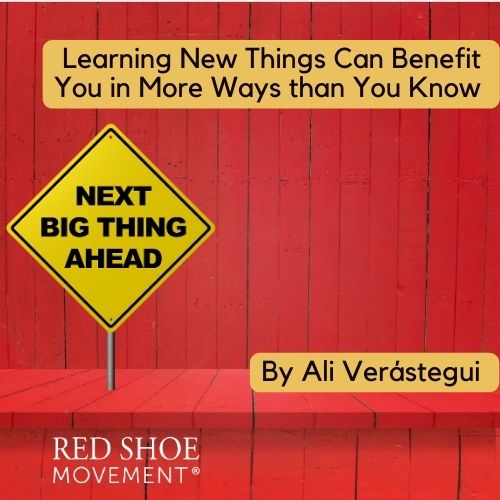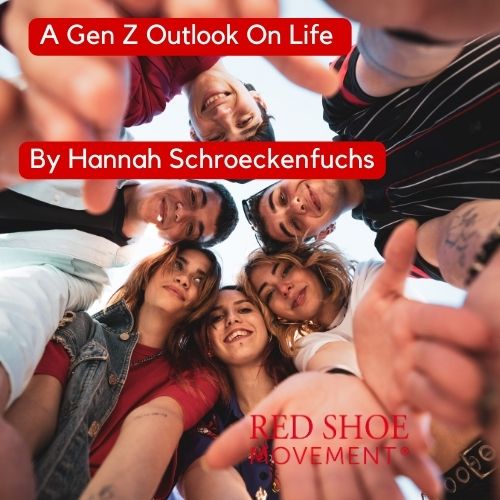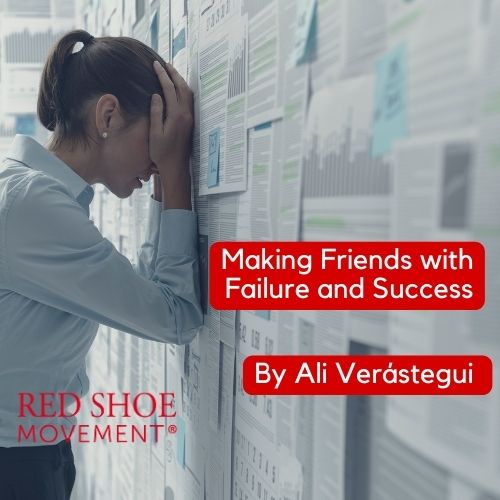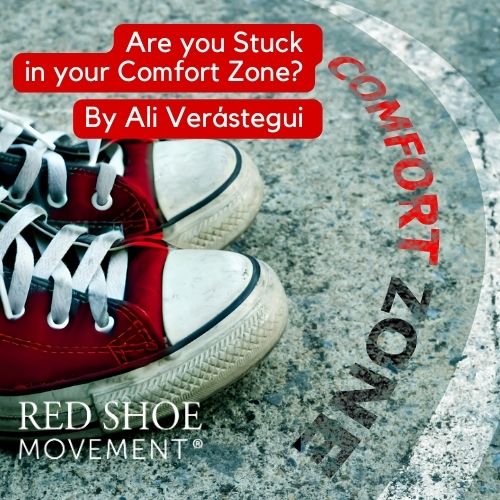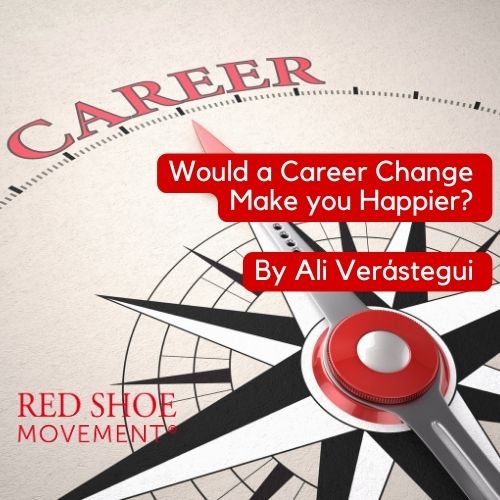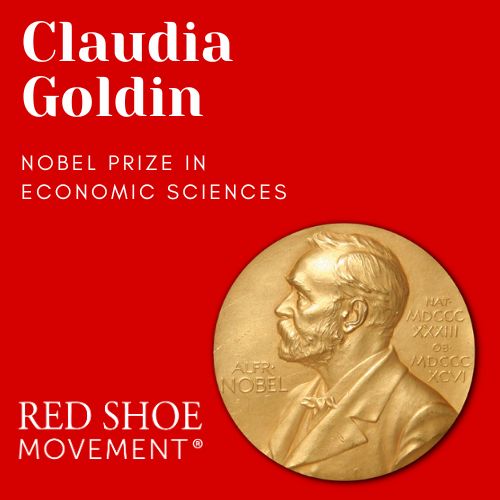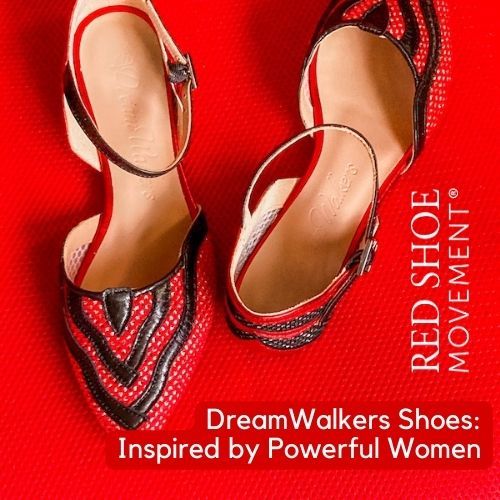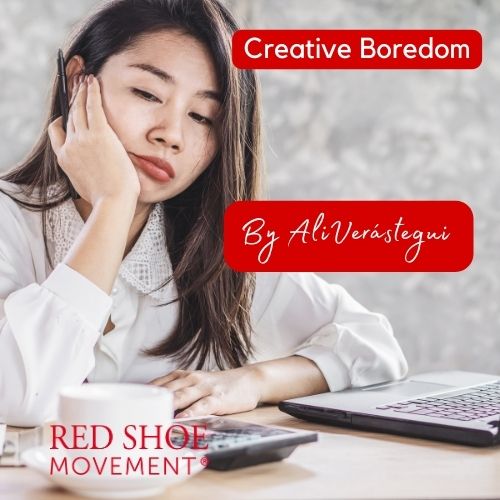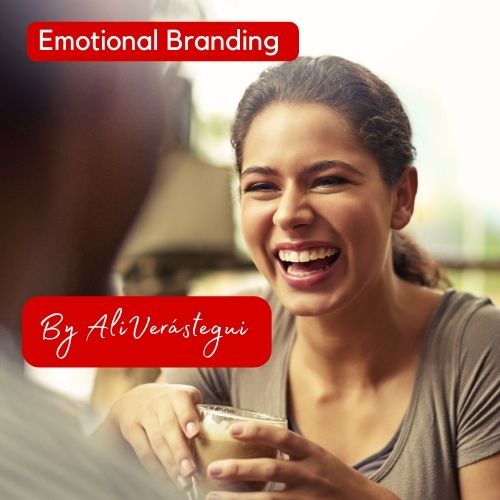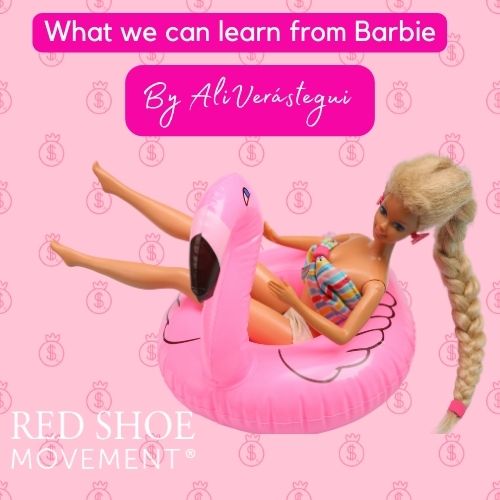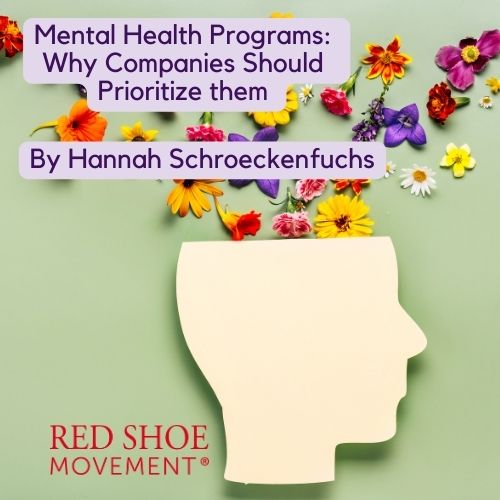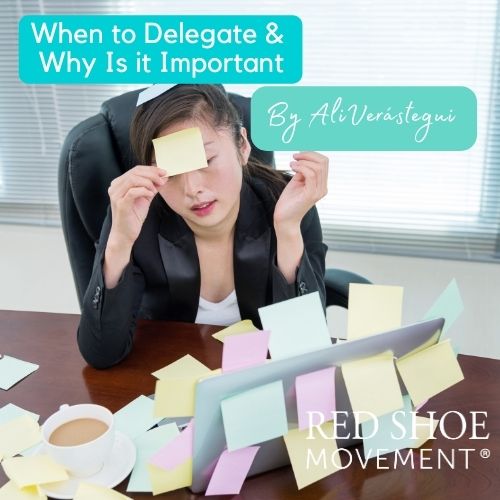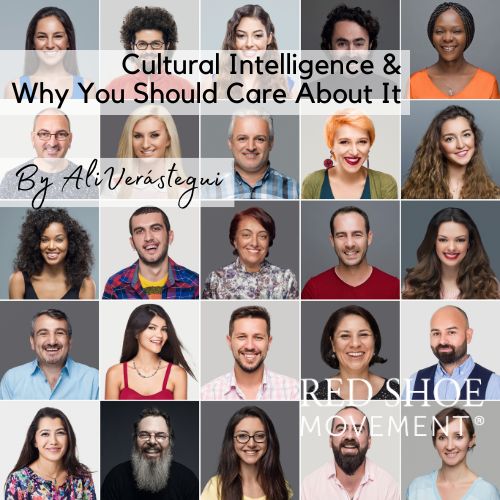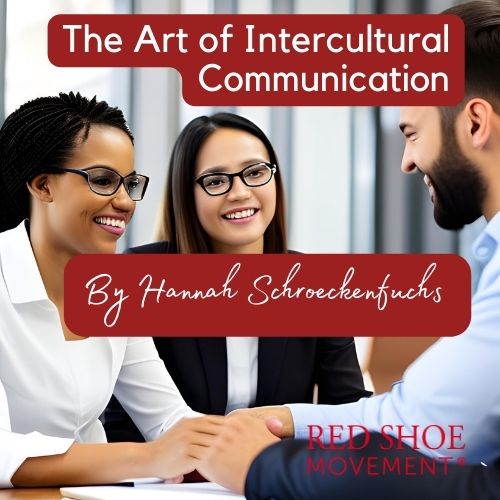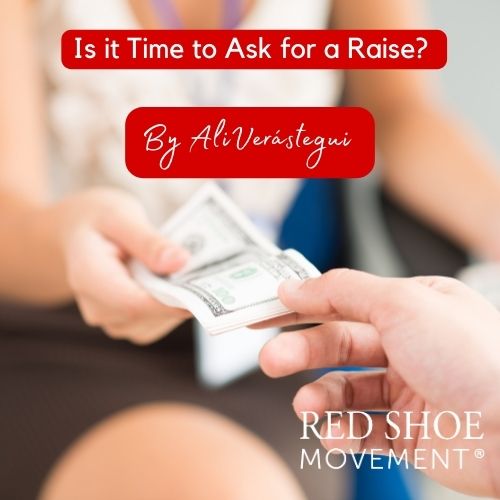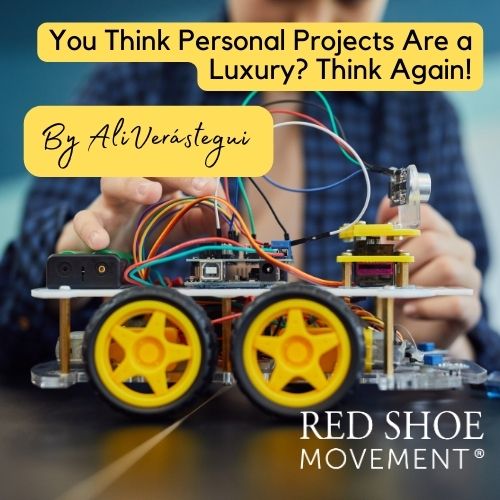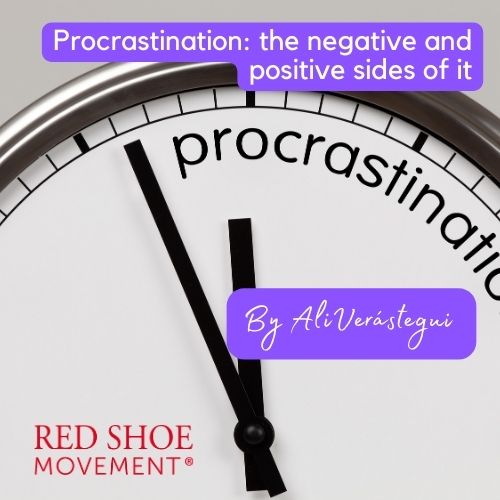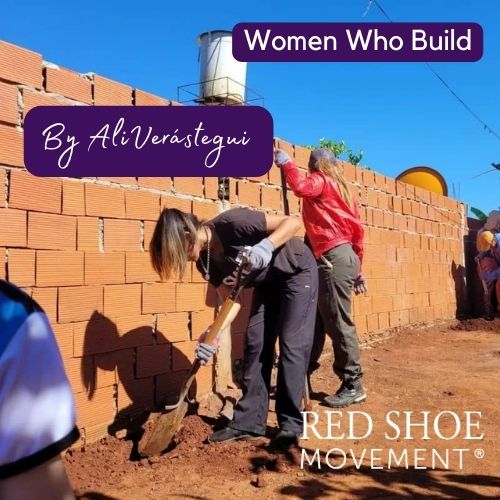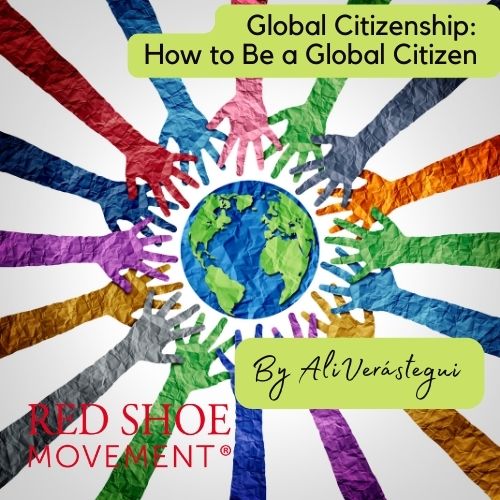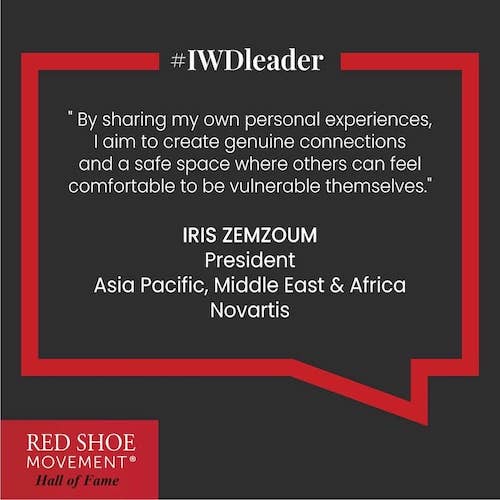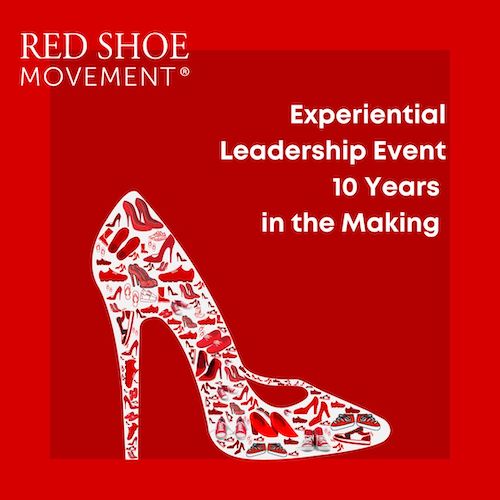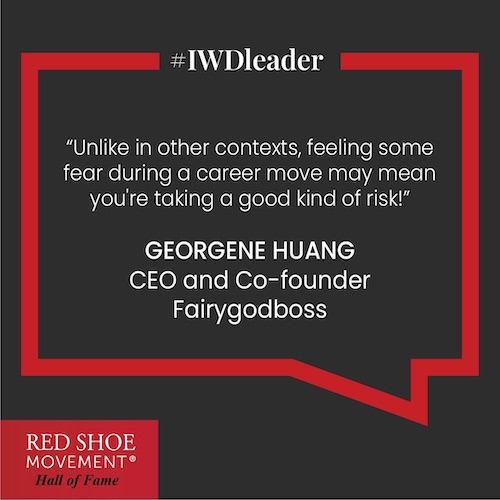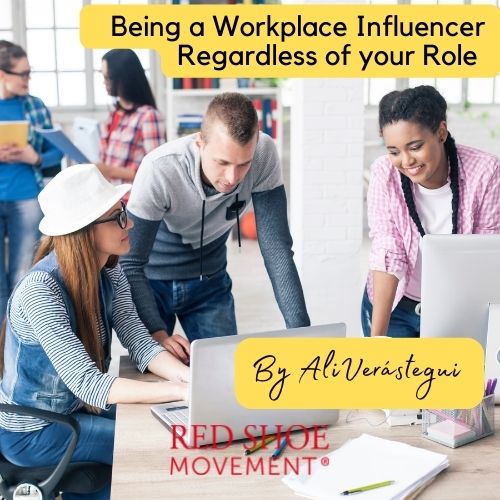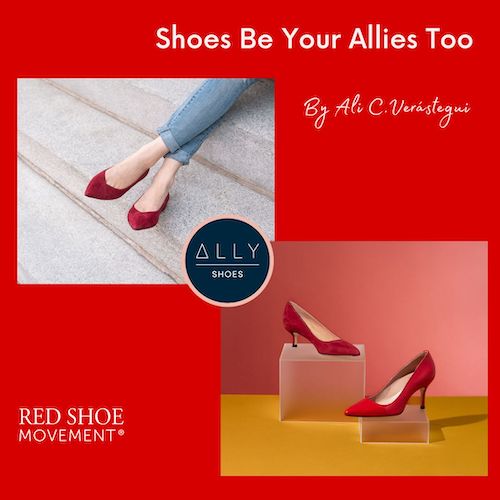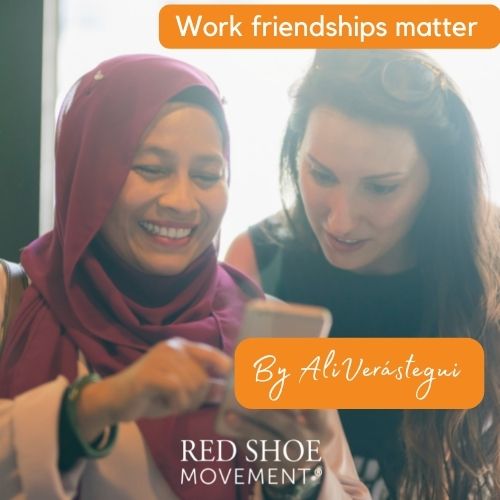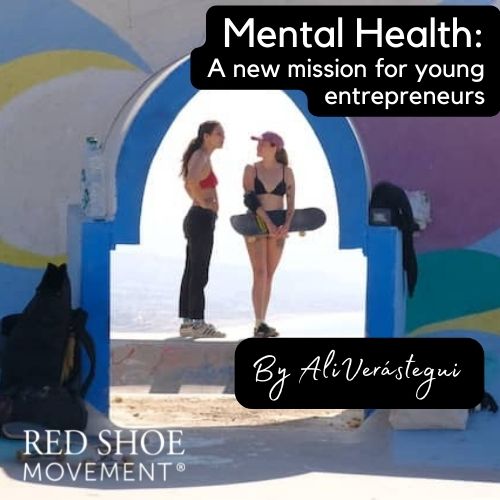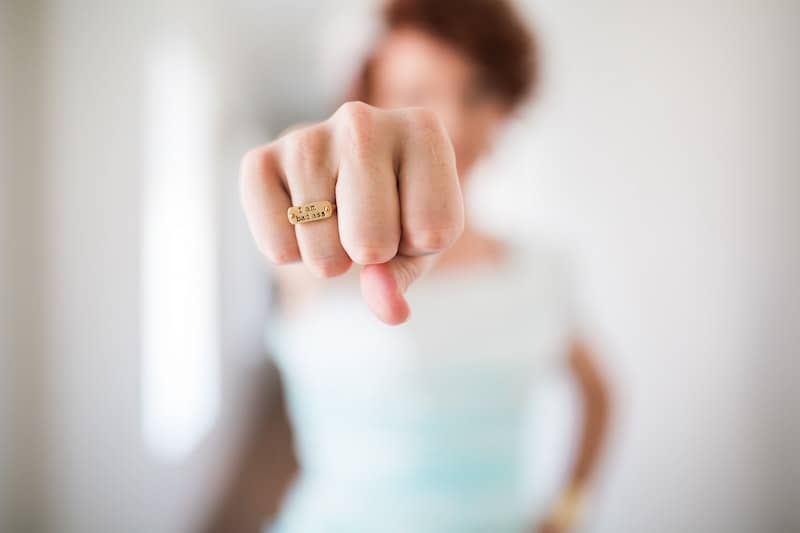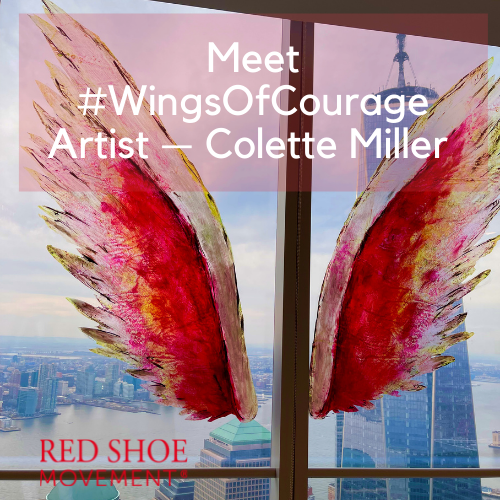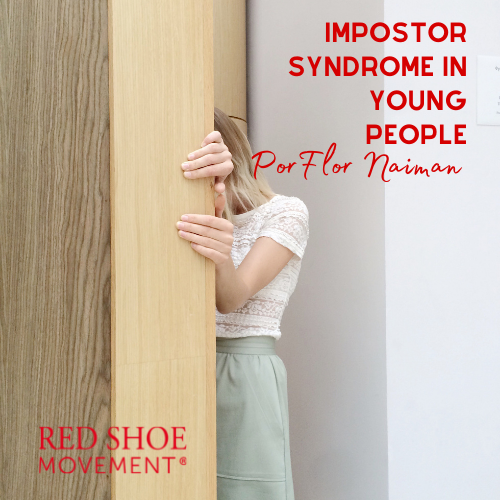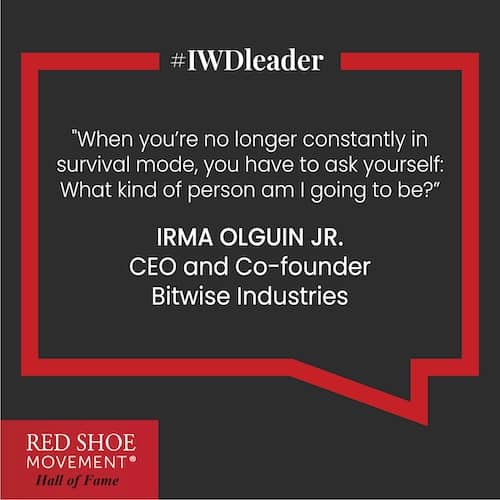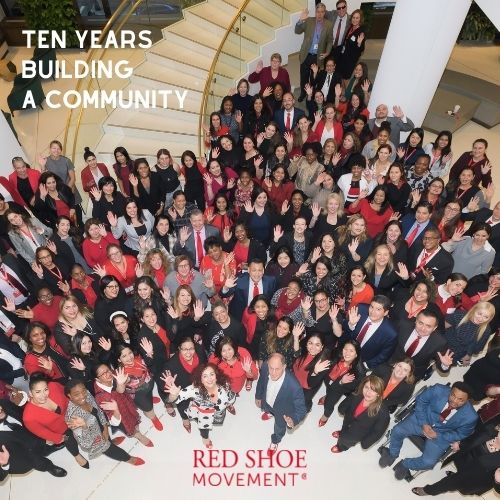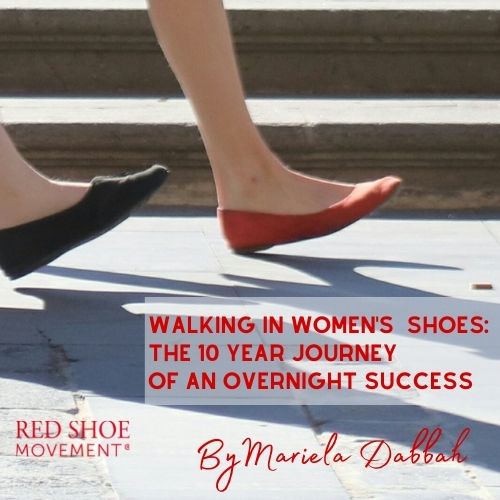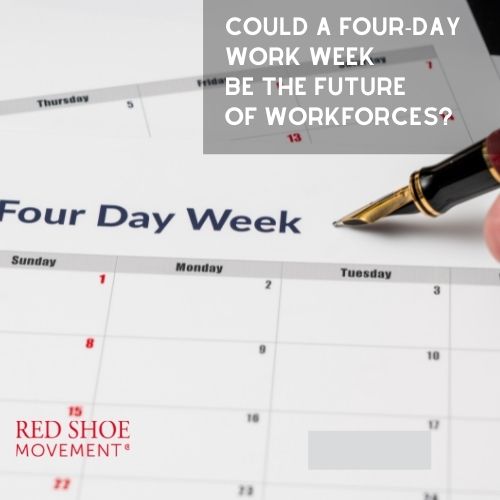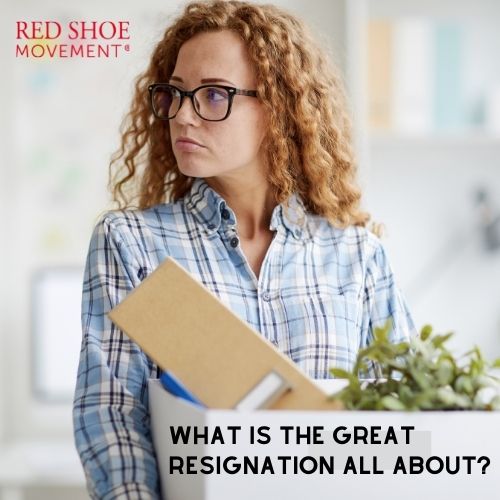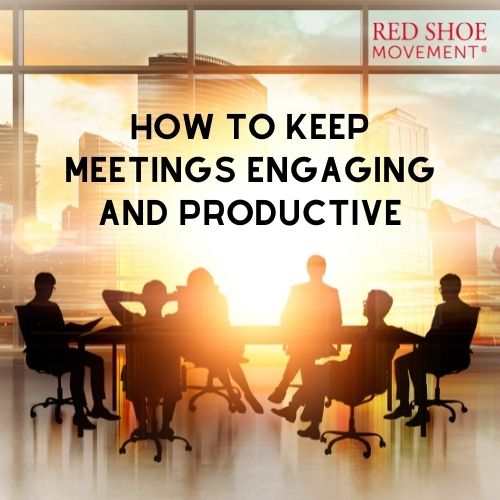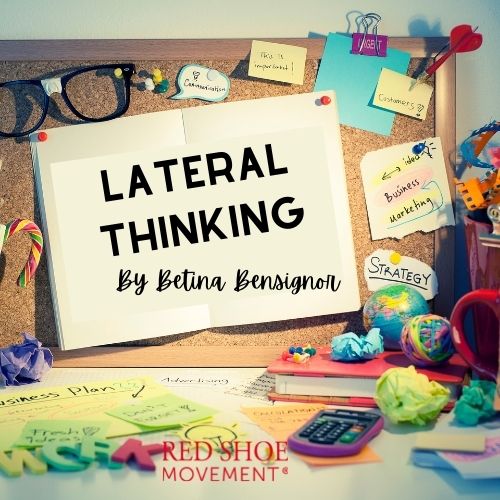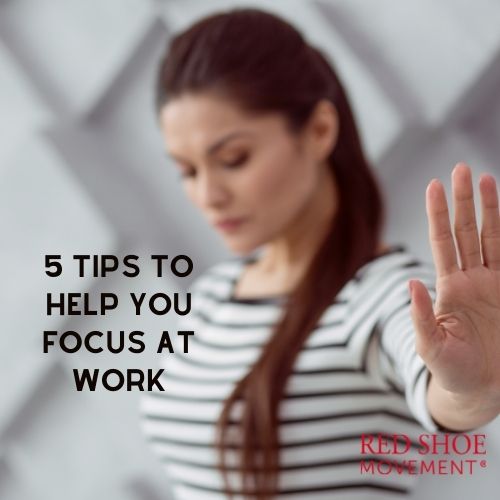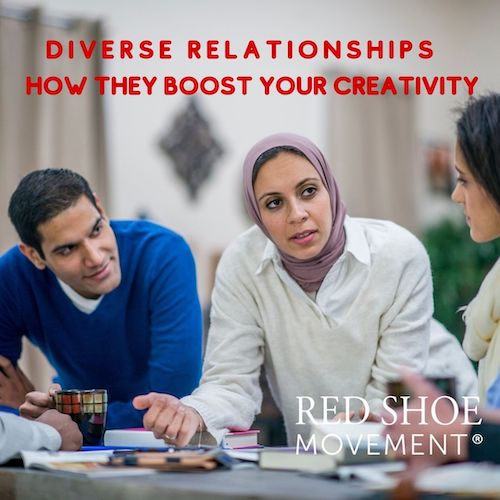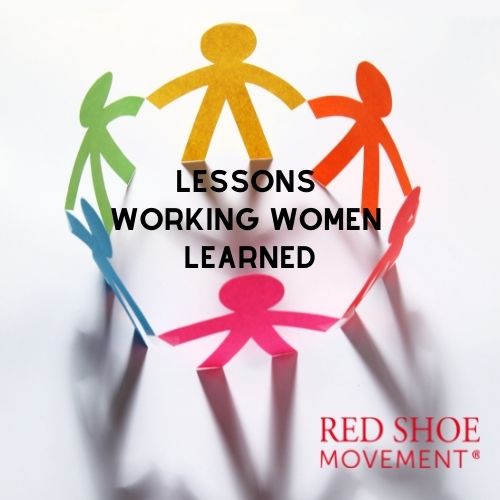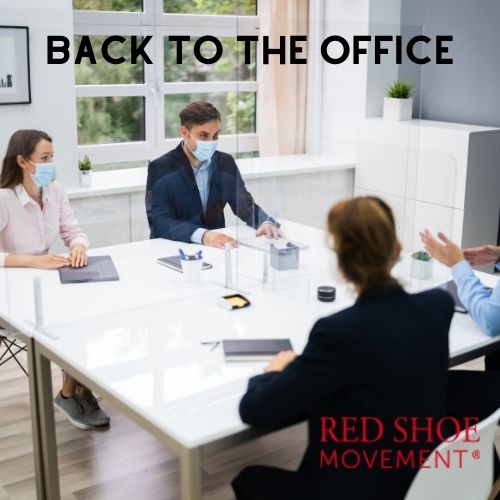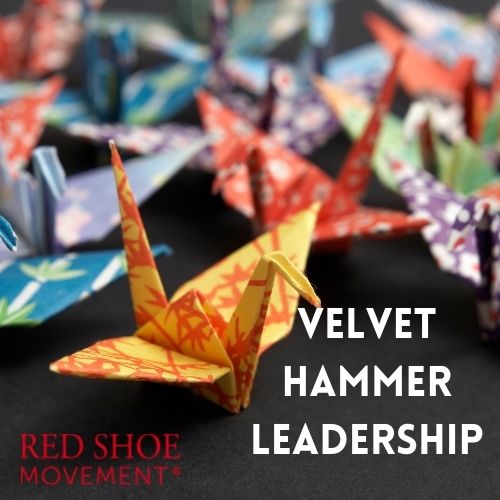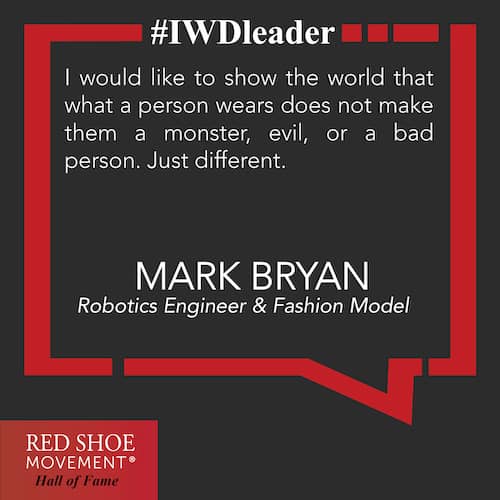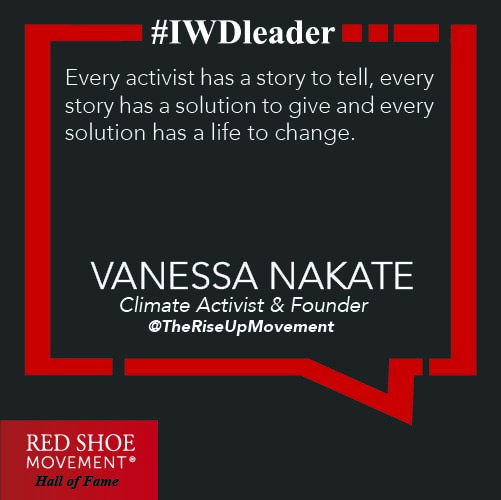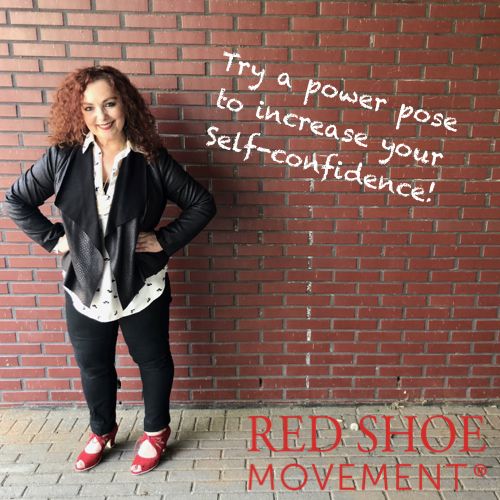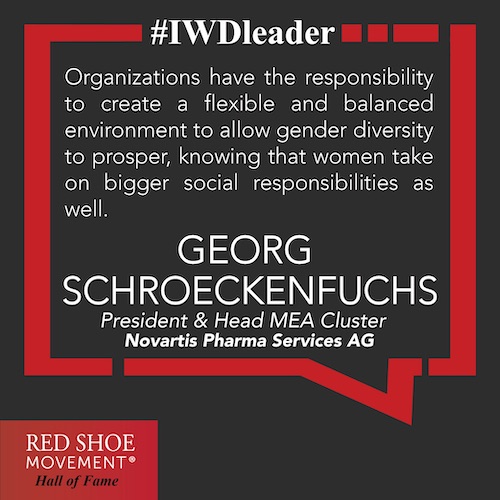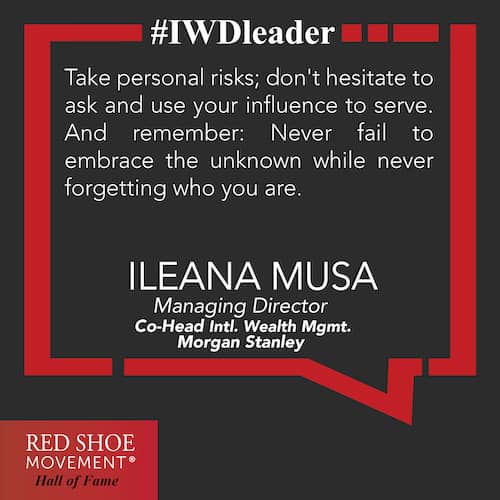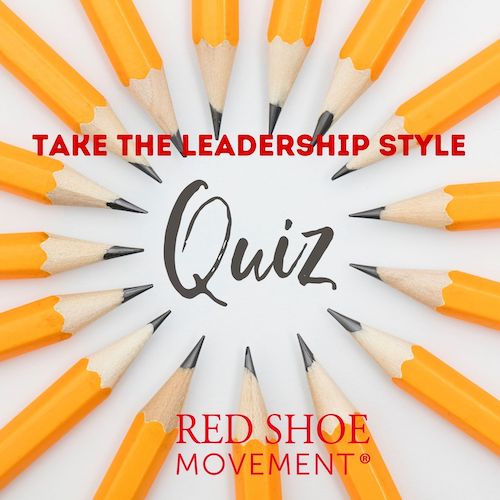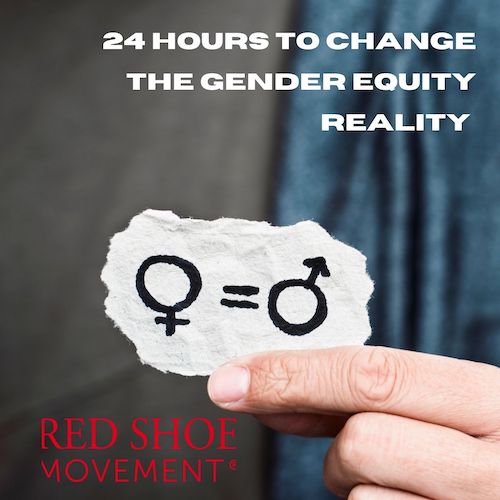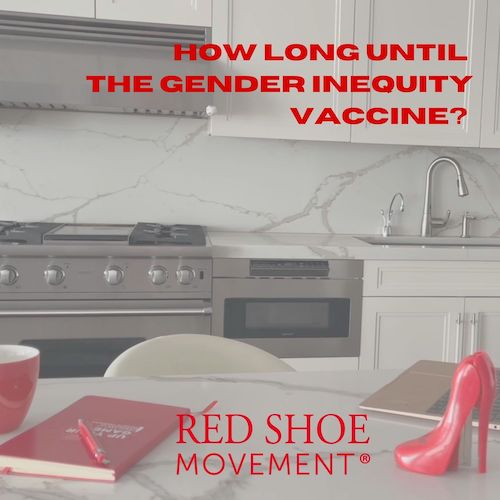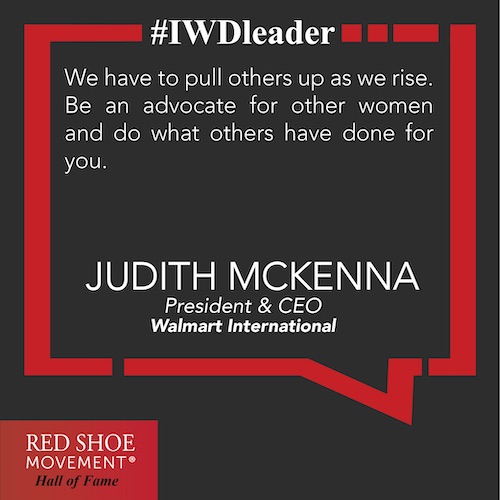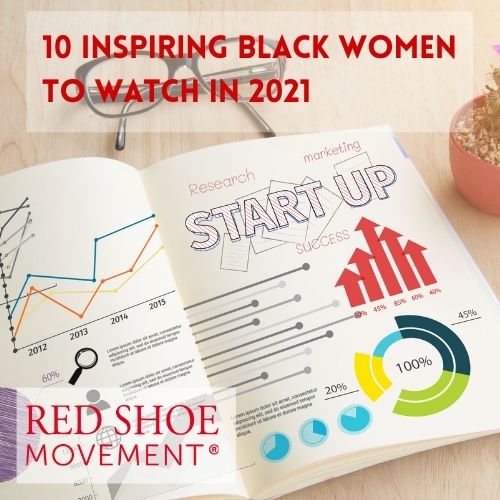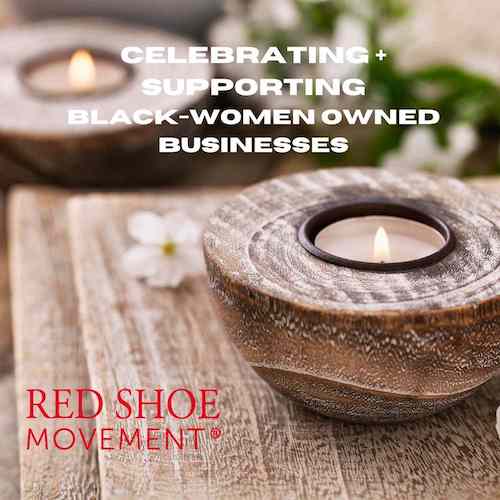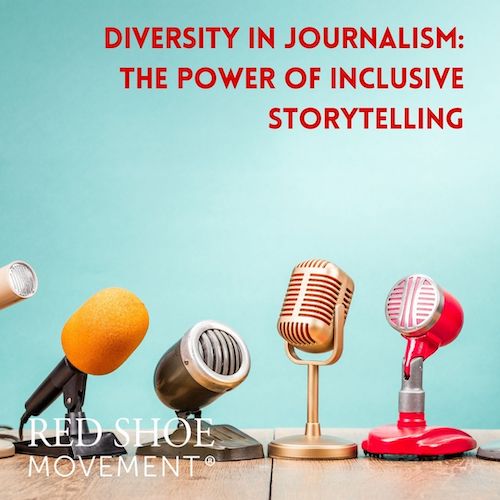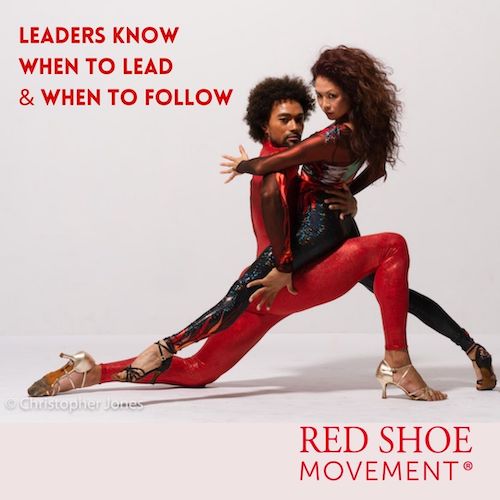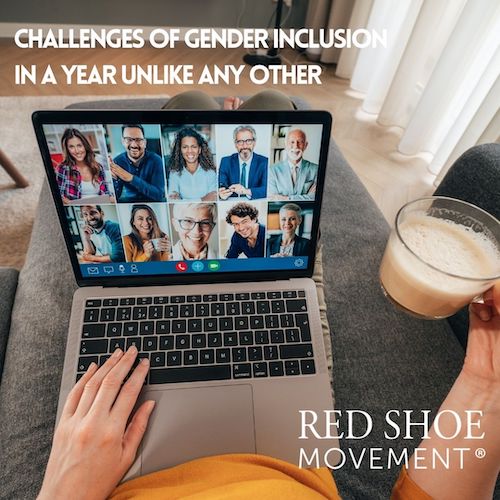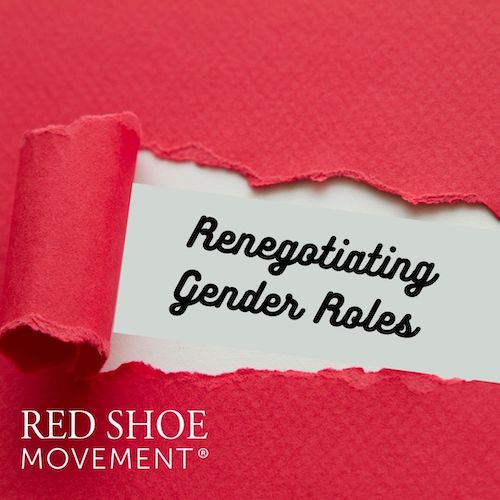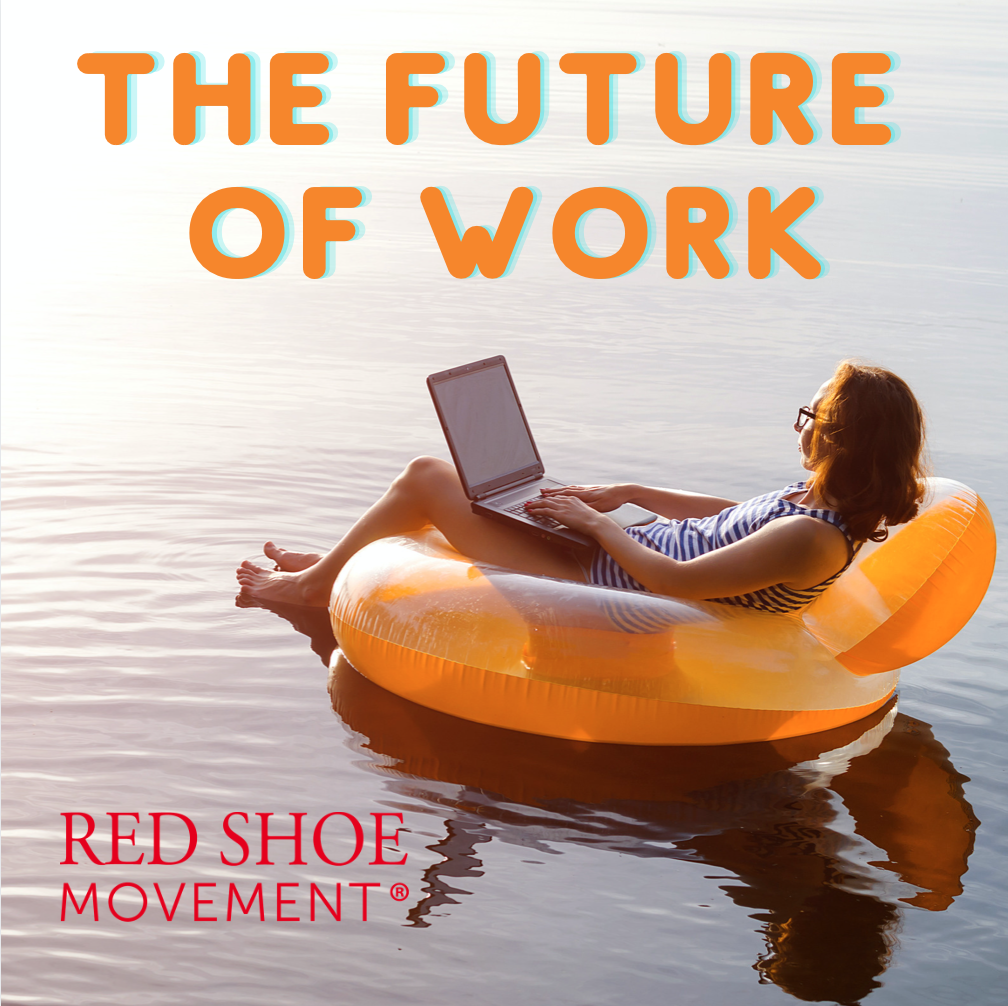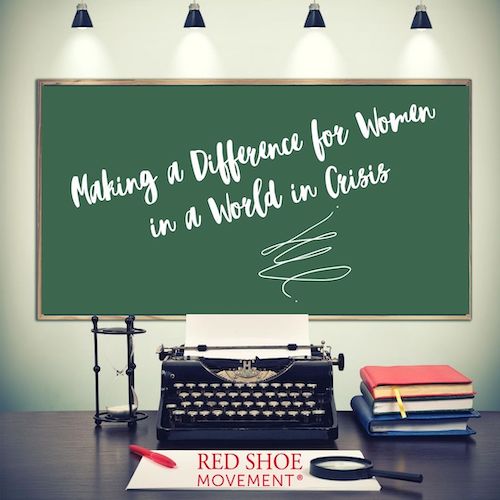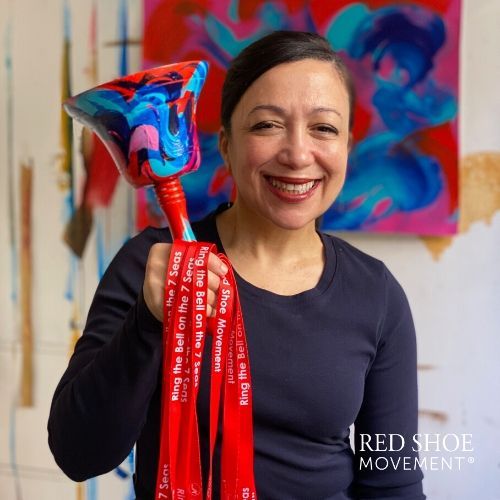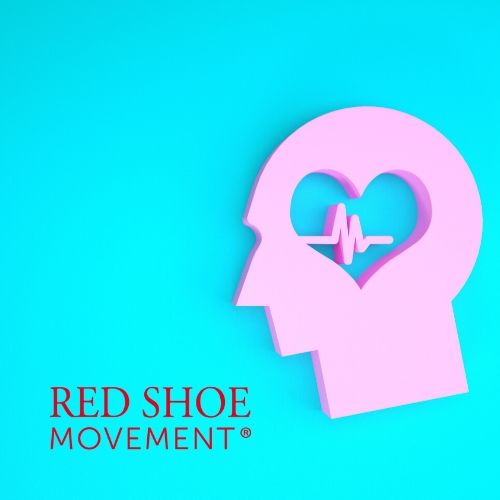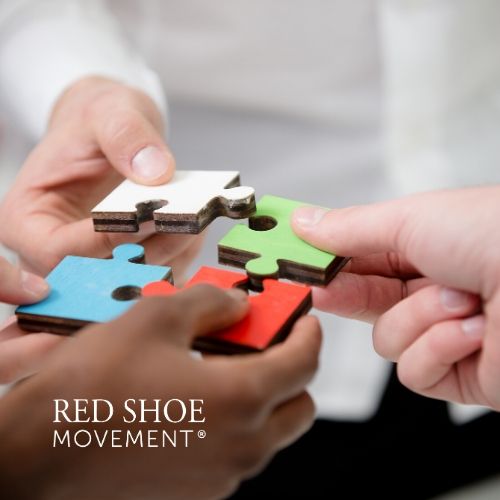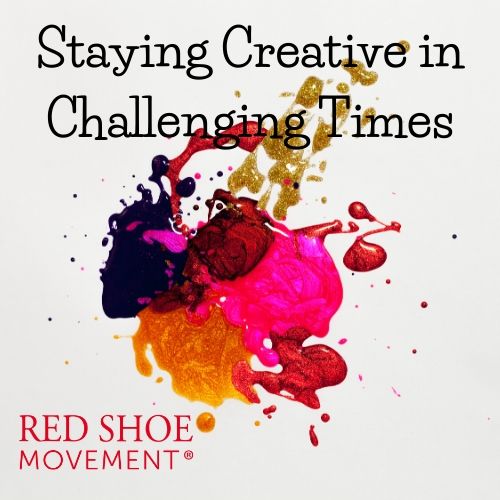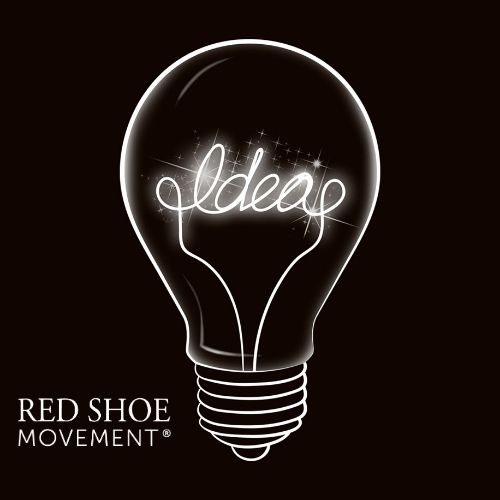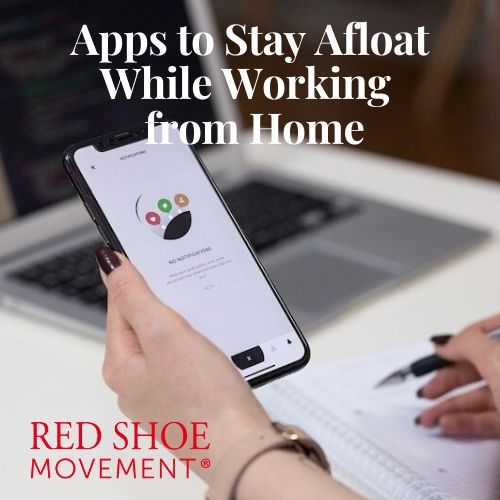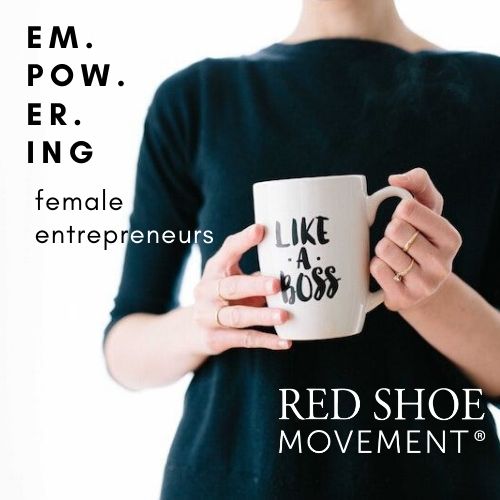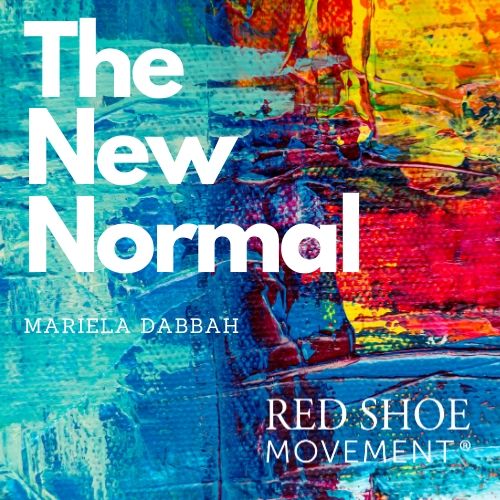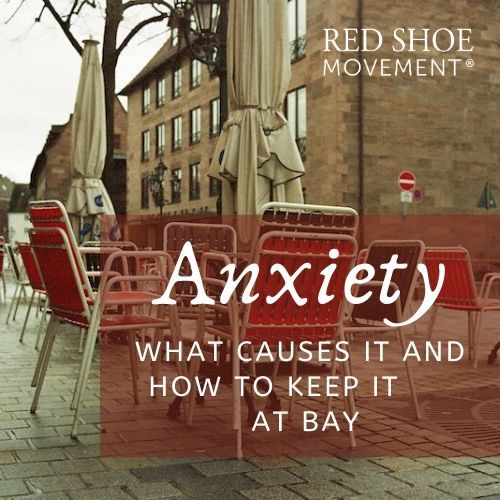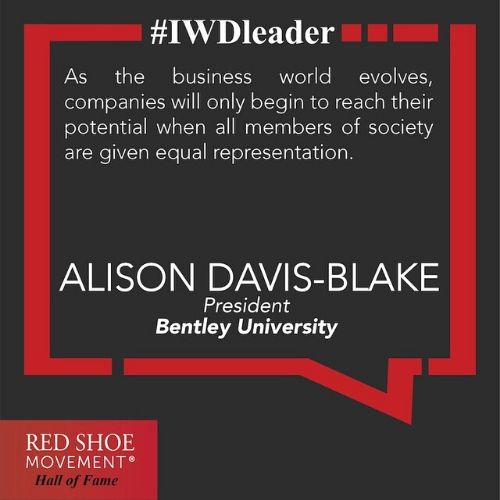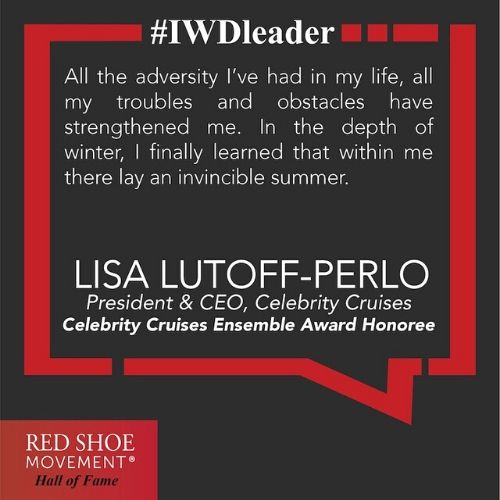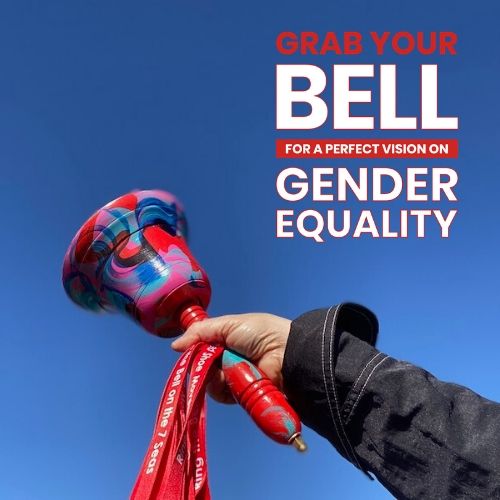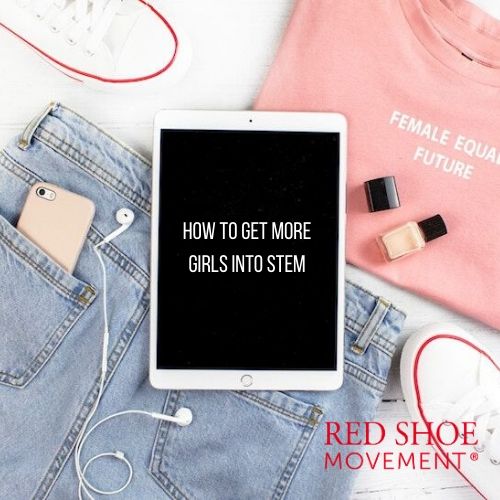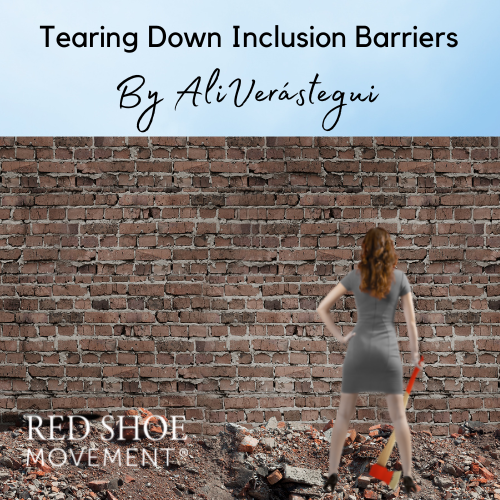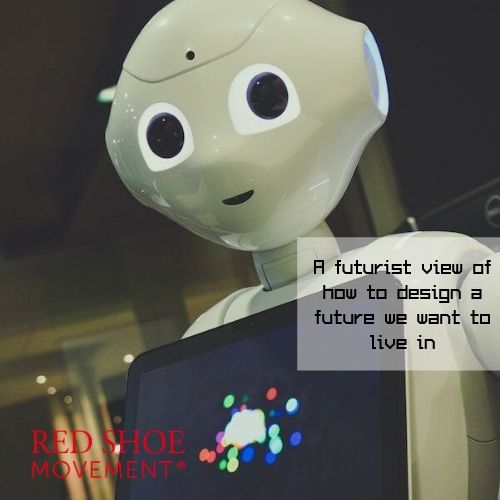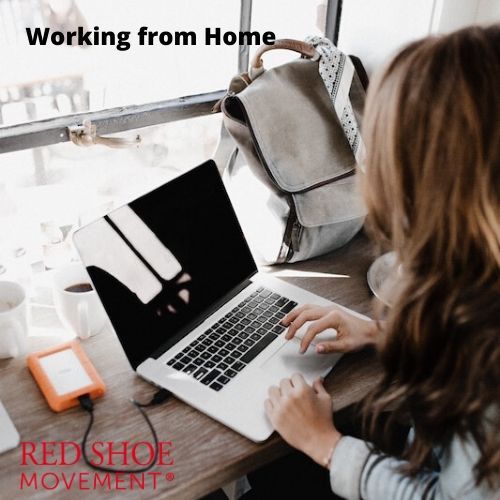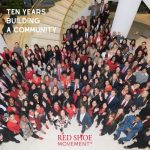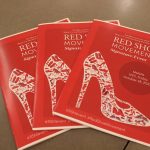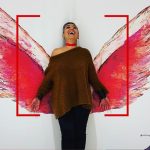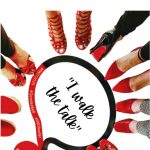Ruth Fröhlich’s Instagram sketch-a-day project focuses on sustainable fashion and the beauty of aging. The German fashion designer and engineer is passionate about sustainability and creating a more diverse and mindful world for both consumers and fashion brands.

While the exact environmental impact of the fashion industry is uncertain due to lack of transparency and other complex aspects of how the industry works, estimates say it’s sizable.
Ruth is committed to a more aware and empathic approach to fashion. One where resources aren’t wasted, diversity is present, and the beauty of aging is celebrated. And what started as a bet with one of her children in March of 2021, has become a beautifully illustrated, ongoing tribute to not just sustainability, but stylish women and chic icons in the world of sustainable fashion and beauty.
Red Shoe Movement spoke to Ruth Fröhlich about her illustrations, her views on sustainable fashion, the beauty of aging, and some tips on how to consume fashion more responsibly.
Read more about a young environmentally conscious leader here!
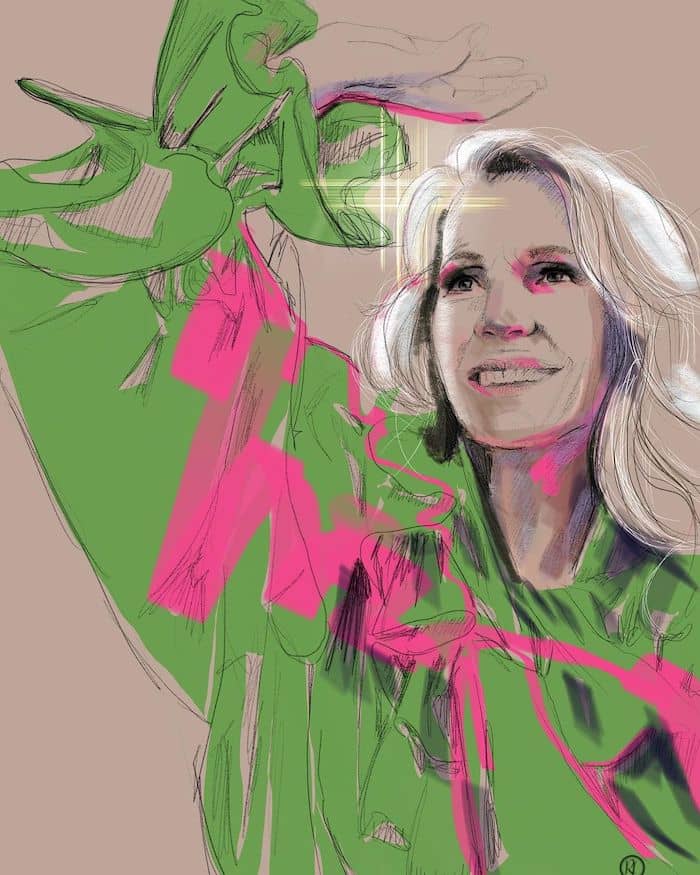
Ruth Frölich’s Commitment to Sustainable Fashion
RED SHOE MOVEMENT – What’s your “origin story”? Tell us a little bit about yourself and how your interest in sustainable fashion began.
RUTH FRÖHLICH: It was clear to me very early on that I wanted to do something with fashion or art. I trained as a dressmaker in 1987 and then studied art. In 1994, I started my own business with custom-made products, my own collection, and the sale of sustainable fabrics. At that time, the first hemp fabric was presented at trade fairs and there was a wave of sustainability. I exported fabrics and products to England and America, the demand was so great. The company grew very quickly but as is often the case we had some issues, and the company was dissolved six years later. Then I went back to school, this time pairing fashion design with an engineering degree.
It was important to me because I wanted to know more about industrial processes. So, I’m a fashion design engineer. Weird, right? I had two children to take care of, so I began designing collections for various companies as a freelancer. I was responsible from the first sketch, through the selection of fabrics, to monitoring production abroad for the entire collection. Of course, this was not about sustainability but about profit, which bothered me a lot. In addition to freelance work, I taught fashion illustration, project management, and presentation techniques at the university.
I noticed how much I enjoyed sharing my knowledge and experiences. While looking for jobs for my students, I was offered a position as a fashion designer at one of the largest button manufacturers in Europe, where I was deputy head of the menswear design department for 9 years. I worked with all major designers, labels, and fashion houses worldwide.
I got to meet a lot of people, especially fashion designers, and after a while I realized the one thing I no longer wanted: A senseless waste of resources. So, to keep my conscience clear, I stopped then and there. I teach fashion and textiles and try to educate my students on how to act sustainably. So that’s great! From my many years of design experience, I know that aspiring fashion designers are almost exclusively interested in big brands such as YSL, Gucci, Prada, etc. Nobody does illustrations focusing on sustainable brands. That’s my niche and I’m committed to it.

Older Bodies and Diversity in Sustainable Fashion
RSM – How far do you think the fashion industry has come in terms of creating a more gender-fluid fashion? Are more brands working at subverting gender tropes?
RF – Yes, I think so. Especially since this is becoming an increasingly important topic in society. And, of course, you can also make good money with big topics. The theme is greenwashing….
Mark Bryan is redefining fashion one fabulous outfit at a time.
RSM – Do you believe there’s been progress when it comes to ageism within the fashion industry? Are older bodies finally being talked about and catered to in fashion?
RF – Yes, I am very optimistic here too! Just like with the gender-free debate, even if it is initially only intended as a marketing strategy, it cannot be reversed long-term. Even television shows like Germany’s Next Top Model are becoming more diverse in terms of age, gender, height and weight for the first time. It’s a game of supply and demand.
RSM – In what ways does sustainable fashion intersect with other important social issues?
RF – Fashion is an expression of society and cannot be viewed in isolation. In this respect, all socially relevant topics are always reflected in fashion.
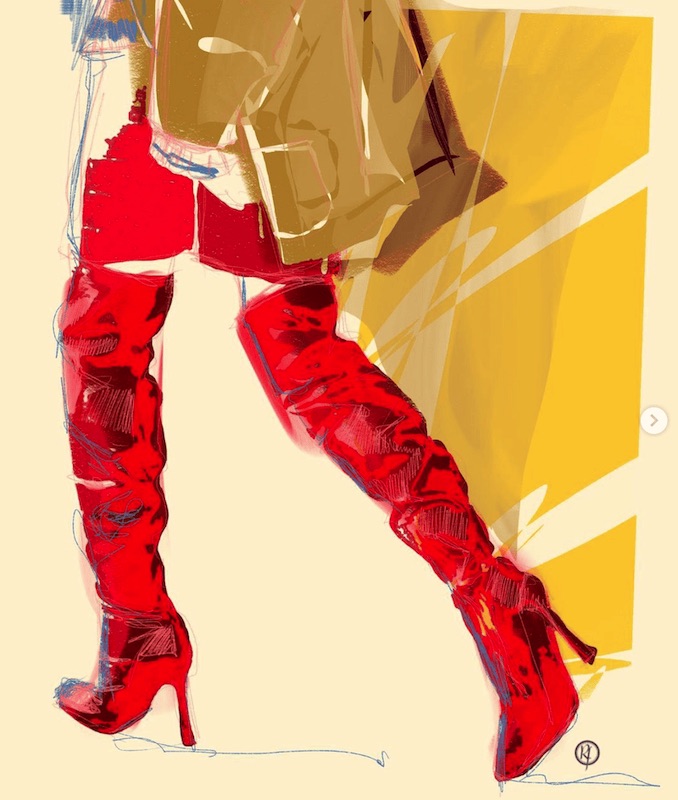
Sustainable Fashion and How to Get Started
RSM – What are some of the changes that you believe need to happen in the way fashion is being not just produced, but also consumed? How can individuals contribute to fashion becoming part of the circular economy?
RF – This is an important question. We always talk about the textile industry and the fashion world needing to change. Yes, that’s true, but we definitely need to change our consumer behavior as well. Clothing needs to be shared, leased, reused, repaired, refurbished and recycled for as long as this cycle is possible. We have to stop buying the cheapest possible clothes. Once we’re willing to pay for more expensive clothes, we learn to appreciate them more and treat them with more care, instead of throwing them away after wearing them a few times. And we should reflect on whether we really need new clothes every season.
RSM – Sometimes people just don’t know where to begin. How can those who are interested in taking a more sustainable approach to fashion get started? Are there any accounts you’d recommend for guidance?
RF – Yes, especially on platforms like Instagram you can find more and more accounts that deal with sustainable, fair fashion. Accounts like Fashion Changers, Fashion Revolution, and the Sustainable Fashion Forum, to name only a few. Other than that, I can recommend for everyone to be more critical of their own buying behavior and review their needs. Less is more!
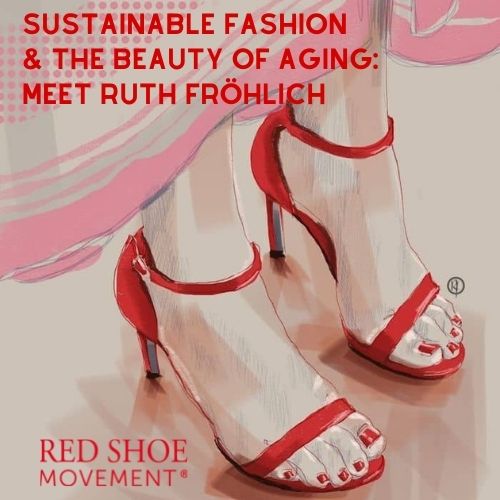
Ruth Frölich: Illustrating the Beauty of Aging
RSM – Tell us about your sketch-a-day project on Instagram where you feature women who work in sustainable fashion. How did it get started? What are you trying to achieve?
RF – It started at the end of March 2021 with a silly bet with my son. He downloaded an art app for his iPad and began drawing with it. I was totally amazed by it and wanted to try it because I used to draw and sketch a lot. He said I wouldn’t do it anyway, to which I answered: Want to bet? I created an Instagram account and then got started. That pressures me to draw something every day. My original thought was, Finally, drawing again! But I quickly realized that that wasn’t enough for me.
Looking around, I only found illustrations for big brands. Not a single illustration for sustainable labels that catered to a more diverse or aging audience. This is my niche and I work hard to create representation. Sustainability is of course very important to me. Something has to change in fashion and in the way, people consume and deal with it. Through my illustrations, I hope to create more space and empathy for these topics. I am committed to this.
RSM – How do you choose the subjects you illustrate?
RF – As I said, I have three major themes that are important to me: sustainable fashion, the beauty of aging (probably because it affects me) and diversity. I don’t really have a system, but I do let my feelings guide me when making a choice.









